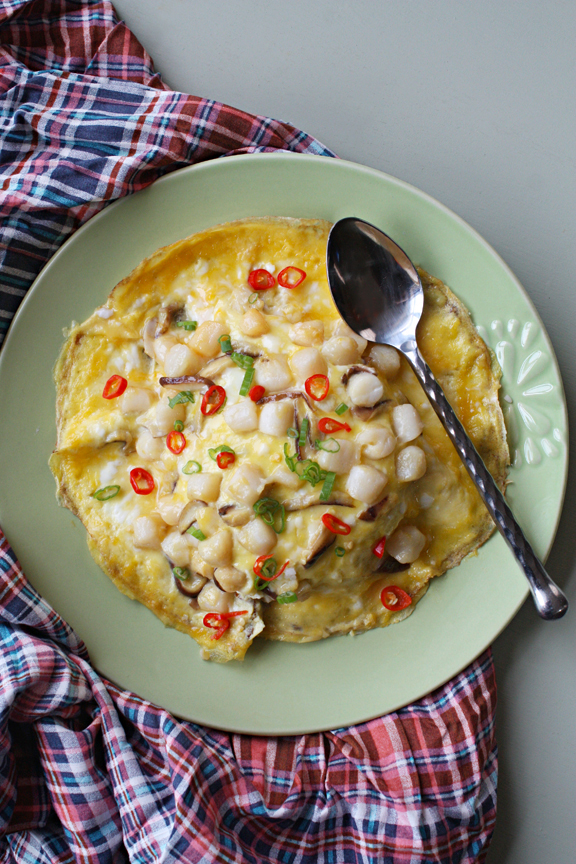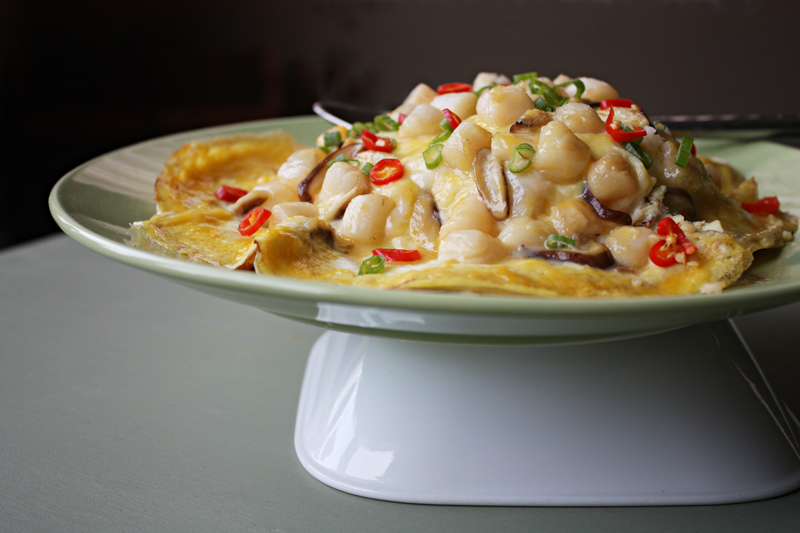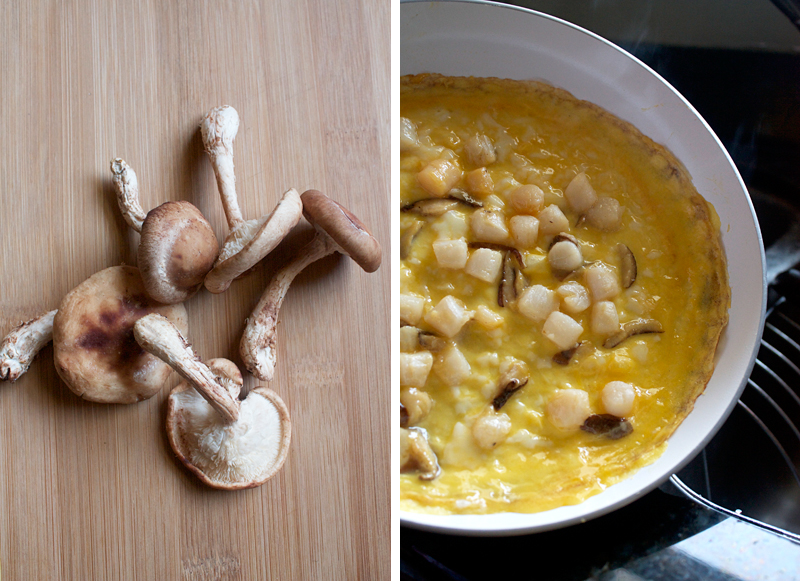
A new friend whom I met during my most recent trip back to Bangkok was sitting on my lap as we were going through the first few pages of The Little Prince together. This was 4-year-old Jade’s first exposure to the French classic and her sparkling brown eyes were transfixed on the pages as I was reading off them. Soon we got to the famous part where the narrator recounts the time during his childhood when he drew a picture of a boa constrictor who had swallowed an elephant and how the adults all thought it was a drawing of a hat.
“Nuh-uh,” Jade closed her eyes, shaking her head slowly. “This is not a boa constrictor with an elephant in his tummy.”
“But, Jade, that’s what the narrator is telling us,” I said. “That was what he had in mind when he drew it.”
Jade turned around to look me in the eye. “He was kidding, Leela,” Jade uttered a faint sigh. “Don’t you see? That’s khao khai khon!”
That was followed by a moment of complete silence with me looking like an idiot and Jade apparently trying to stare me into enlightenment. I eventually let out an eloquent, “Huh?”
“Khao. Khai. Khon.”
Of course, Jade was referring to a dish consisting of a mound of rice with a crepe-thin omelet, cooked on one side, draped over it. That’s the standard presentation of this one-plate dish, wildly popular among the young and young at heart of Bangkok. It doesn’t matter who makes it; it doesn’t matter what meat or vegetable add-ins they feature; it doesn’t matter what eatery in Bangkok serves it — khao khai khon[*] always looks the same. And what does it look like?
Jade still stared at me. Her little index finger stabbed onto the page where the hat, I mean, boa constrictor drawing was. “Khao khai khon — you look at it from the side, FROM THE SIDE.”
If I have learned anything in my life, it’s this: never argue with a preschooler.

This dish? Nothing to it. It’s just a matter of putting some rice on a plate and covering it with an omelet — an egg crepe, considering how thin it is — that is half-cooked. You just need a good nonstick pan and a few tricks on how to make an egg crepe that’s 1. cooked enough on the bottom so it holds together in one piece, 2. not so thoroughly cooked that the creaminess is gone, 3. thin enough to cling beautifully to the curvature of the rice (assuming you care about the presentation), and 4. not so thin that it tears easily.
The key is to be mindful of the diameter of your skillet in relation to the amount of egg mixture to use for each one-serving batch. It’s also important to not overload the crepe with too much meat, because your crepe will be more prone to tearing. Also, in terms of aesthetics, think of your creamy egg crepe as a piece of fabric; imagine how it drapes more smoothly — more fluidly — when it’s not over-embellished with beads and buttons.
If this is your first time, stick with what I’ve prescribed to you here first. Once you’ve become accustomed to making this dish, you can, as Fleetwood Mac has put it, go your own way.
______________________
[*] Be careful with the tone. To say “rice with creamy eggs,” be sure to pronounce “khon” in the falling tone. If your “khon” is in the mid tone, you’re saying, “rice with a man’s eggs.”
- 1¼ cups cooked rice, pressed tightly into a 8-ounce bowl or a round one-cup measuring cup with flat bottom, unmolded onto a dinner plate, and kept warm
- 1 tablespoon vegetable oil
- 3 large eggs
- ¼ cup whole milk, half-and-half, or heavy cream
- 1 teaspoon fish sauce or ½ teaspoon salt
- ¼ teaspoon ground white (recommended) or black pepper
- ½ cup's worth of add-ins - This could be anything, or a combination of things, pre-cooked and cut into dice measuring ¼ to ½ inch. Leftover cooked chicken, ham, peas, etc. -- all work well. Here, I sauteed ¼ lb of bay scallops with 2 caps of fresh shiitake mushroom (sliced thinly) in a separate pan just until the scallops barely turned opaque, cooled the mixture, and drained off the liquid.
- Chopped green onions and fresh chilies for garnish, optional (Cilantro works well too.)
- First, make sure you have a nonstick skillet with a flat bottom. The bottom part should measure 10 inches across for this recipe to work well. If your skillet measures 12 inches across, you can use it too; simply add one more egg to the recipe, increase the milk by one tablespoon, and increase the fish sauce by ½ teaspoon (I would still keep the add-ins at ½ cup total). A skillet with the bottom that measures less than 10 inches or more than 12 inches won't work well.
- In a medium bowl, beat the eggs, milk, fish sauce, and ground pepper with a fork just until blended. Try not to beat too much air into the mixture; it's okay if some strands of egg whites remain. Set it aside.
- Place the skillet over medium-high heat. Once the skillet is hot, add the vegetable oil to it. Swirl the skillet around so the oil coats its bottom.
- Add the egg mixture to the skillet. Swirl the skillet around so the egg mixture covers its the entire surface of its bottom; keep the skillet as close to the stove as possible so that it won't lose heat. With a thin spatula (a heatproof silicone spatula works well here), carefully lift the egg crepe around the edges to let the part that's still liquid to fall to the bottom of the pan. This step should take no more than one minute.
- Scatter the add-ins all over the surface of the egg crepe, making sure they're evenly distributed. Immediately turn off the heat.
- Keep the skillet on the same stove which has now been shut off, and let the residual heat continue to cook the crepe undisturbed for 3 minutes. The bottom of the crepe should be thoroughly cooked and slide easily back and forth in the skillet. The top of the crepe should be creamy and glossy; though the surface still looks wet (that's great!), when you hold the pan at 45 degrees perpendicular to the floor, nothing should move. At least, this is how I like it. If you like your egg crepe runnier, let the skillet sit on the stove for only one minute.
- Carefully slide the egg crepe out of the skillet onto the rice. Sprinkle the garnish on top. Consume immediately.












Comments are closed.